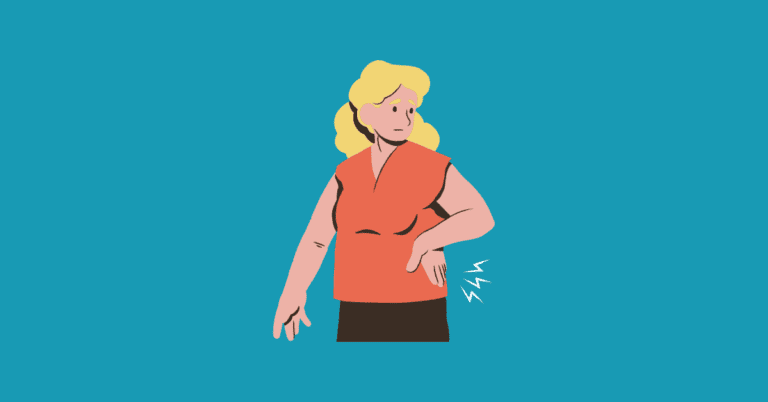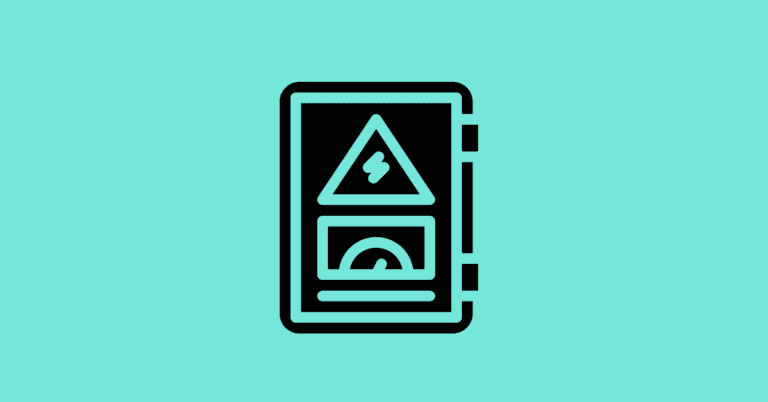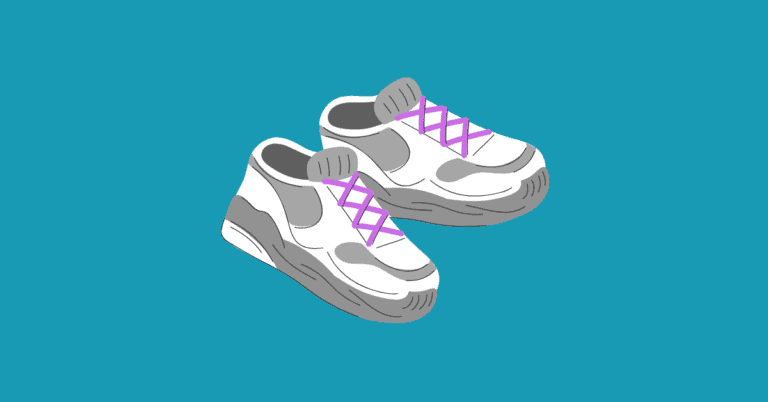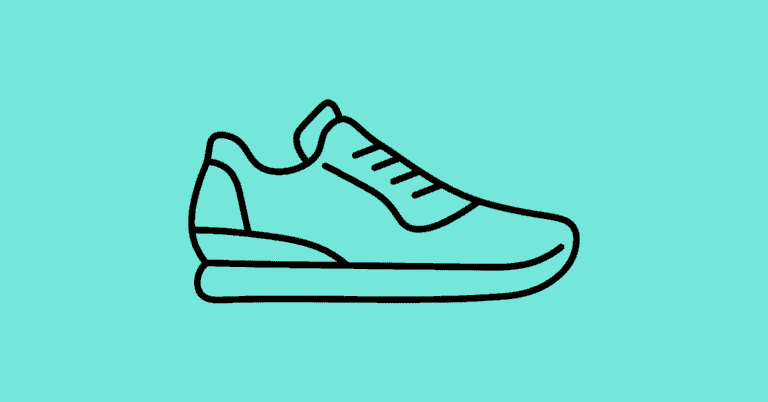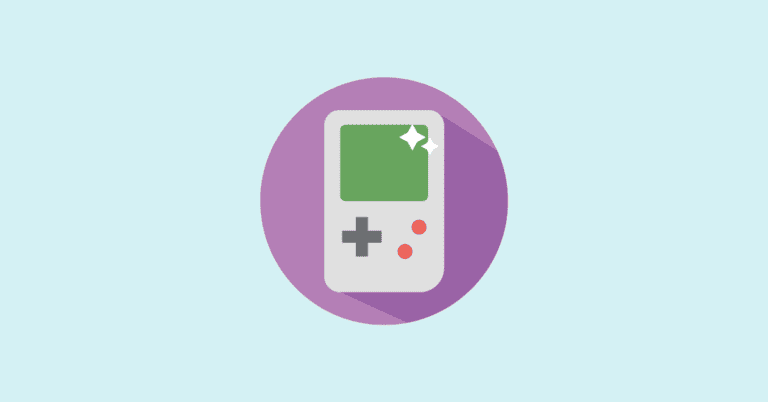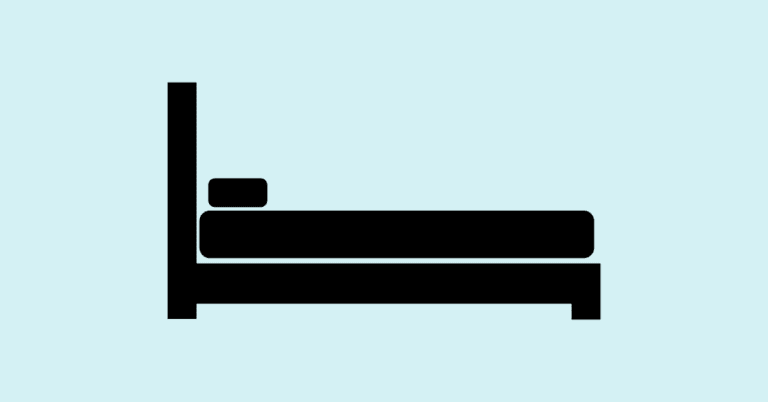How To Use A TENS Unit For Lower Back Pain
Low back pain is one of the most common musculoskeletal disorders, affecting millions of people worldwide and impacting their daily activities and overall quality of life. This article goes over how you can use a TENS unit for lower back pain management.
Effective pain management strategies play a pivotal role toward improved well-being.
Especially for those actively engaged in physical therapy to address back discomfort, pain management becomes a fundamental element in enhancing adherence to your exercise regimen.
This adherence, in turn, lays the groundwork for consistent progress and sustainable long-term improvement.
Electrical stimulation (e-stim) has various applications, including reducing inflammation, promoting the growth of bone and tendon, facilitating wound healing, aiding in muscle reeducation, strengthening muscles, and more importantly in this case – pain reduction.
Transcutaneous Electrical Nerve Stimulation (TENS) is increasingly prevalent beyond clinical settings as a method to alleviate back pain. As such, there are many TENS units available for purchase.
Nonetheless it’s important to recognize that TENS alone is not going to cure your back pain; it serves as a strategy for pain management, allowing you to partake in your daily activities and improve your quality of life as you recover.
I strongly encourage you to seek professional assistance if you are grappling with persistent back pain.
TENS Unit for Lower Back Pain: Pad Placement
The main goal with TENS is to get the current field to pass through the affected deep tissues so there is no one strict placement for the electrode pads – it can depend on what feels best for the person; Overall, the pad placement will be close to or on that location of pain.
One Large Pad
If your TENS machine comes with one large pad, this would be great for when you are having generalized low back pain and can’t pinpoint an exact location. The electrode pad can be placed directly on the general location of pain.

Small Pads
You can still target a larger location using small pads. This is where dual channels come in handy.
Using a criss-cross configuration, one electrode pad can be placed diagonally above (or on) the region of pain while the other electrode pad of the same channel can be placed diagonally below it. If you draw a line between the pads of the same channel, it would look like an “X” shape.

You have the option to position the electrodes of the same channel either vertically or horizontally, such as placing one pad to the left and the other to the right of the pain. However, utilizing a criss-cross configuration is better for targeting a larger region because it allows the current to cover a larger area of the region by flowing diagonally. In contrast, a straight configuration limits the current flow to a linear path between the electrodes of the same channel.
TENS setting for back pain
TENS is generally used for 15-30 minutes at a time, multiple times a day as needed. There is no strict limit to usage.
Some units have preset timers for convenience, while others allow customization of settings like frequency and pulse duration.
Intensity
Keep intensity below muscle contraction threshold to elicit a strong sensory response (strong buzzing or tingling sensation) – for which the exact intensity will vary among individuals.
Frequency
Generally frequency can be set from 1-100 hz. There is no one frequency that is the best. You can try out different frequencies, and see what you find feels the best.
Pulse duration
Recommended settings include a pulse duration of 100-250 microseconds, or greater.
Since TENS is primarily used for pain relief, there aren’t strict rules about the exact settings to use. The goal is to feel a strong sensory sensation, like a powerful buzzing or tingling, just below the level that triggers muscle contractions.
So, feel free to experiment with different settings to discover what works best for you and provides the most effective pain relief.
How does TENS work?
TENS, short for transcutaneous electrical nerve stimulation, is an electrotherapy technique employed for pain relief.
Through the sticky pads called electrodes on the skin’s surface, a TENS machine delivers electrical impulses to regulate nerve signals, ultimately affecting how pain is felt.
Operating through the peripheral nervous system, TENS triggers nerve endings, sending signals to the spinal cord and brain that lessen input from pain receptors, thus reducing the sensation of pain.
This process is known as gate control theory:

Additionally, this process can enhance blood circulation to the targeted area, and promotes healing, contributing to overall relief.
Is TENS alone effective for low back pain?
While TENS units can offer relief for back pain, it shouldn’t be relied upon as the sole treatment.
A comprehensive approach to managing back pain involves a combination of therapeutic strategies, including strengthening and endurance exercises, stretches, manual (hands-on) therapy, and activity modification to strengthen impairments, prevent flare-ups, and promote long-term improvement.
Although TENS can be a valuable component of chronic pain management, it’s most effective when integrated into a broader treatment plan fit to individual needs.
What is causing my low back pain?
Identifying the root cause of your back pain can be complex and often requires professional evaluation.
Back pain can originate from various factors that place increased stress on the back musculature, including improper posture or restricted range of motion in lower extremity joints, which can lead to compensatory movements by the back.
Additionally, lifestyle factors such as prolonged periods of inactivity, incorrect lifting techniques, excess weight, and stress can exacerbate back pain.
However, pinpointing the exact cause of your back pain isn’t always crucial.
What truly matters is addressing and correcting muscular impairments and imbalances, as well as adopting better ergonomic practices moving forward. Whether you are dealing with acute low back pain or chronic low back pain, this approach is essential for long-term improvement.
Therefore, seeking guidance from a healthcare professional for a comprehensive treatment plan is paramount.
Bottomline
Using a TENS unit for lower back pain can offer significant relief and improve your quality of life.
However, it’s important to incorporate TENS into a broader treatment regimen that addresses the underlying causes of your pain.
Consult with a healthcare provider to develop a personalized plan that meets your needs and promotes long-term relief from lower back pain.
